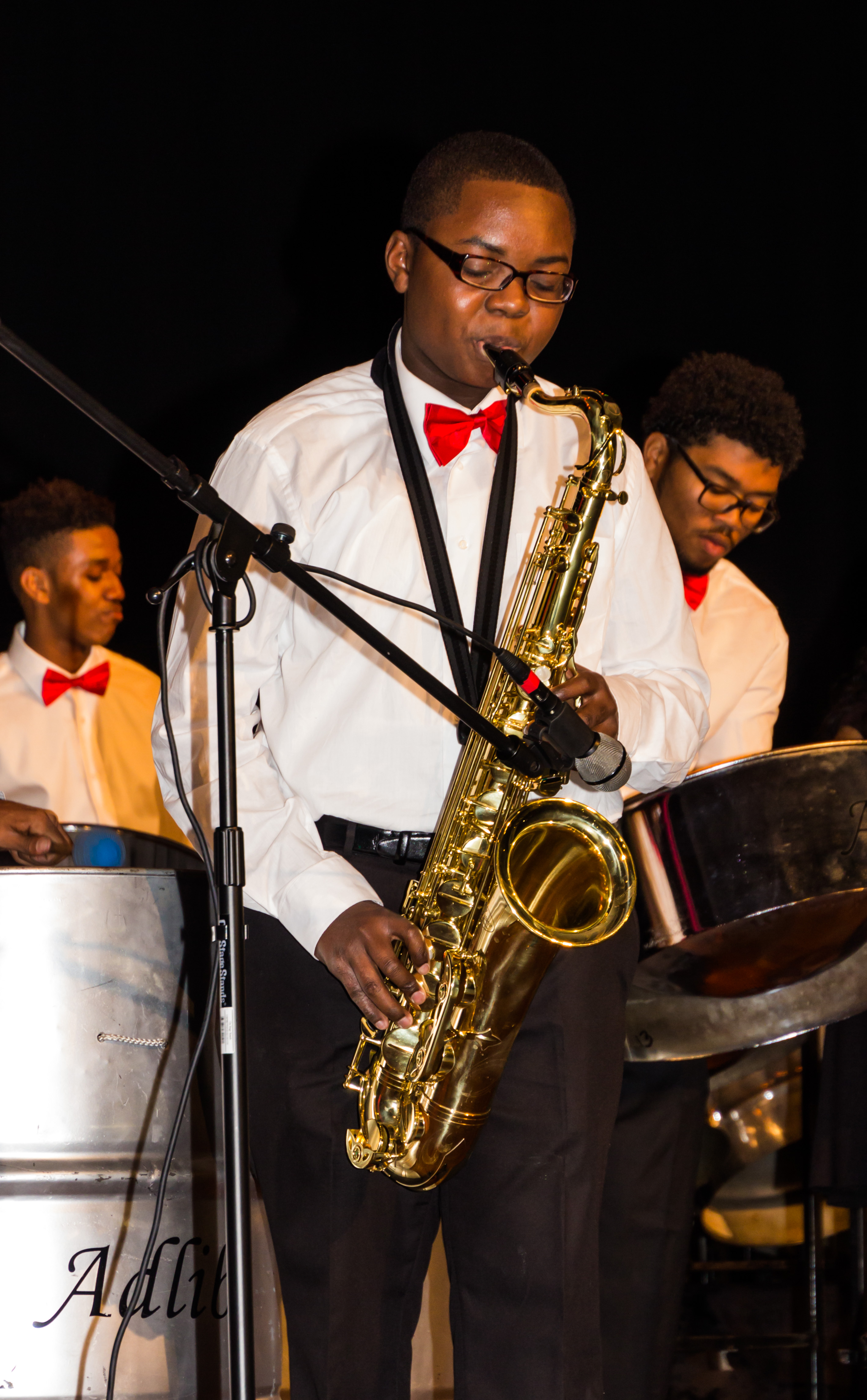 Close Miking of a Sax (not optimum mic placement)Close Miking Basics
Close Miking of a Sax (not optimum mic placement)Close Miking Basics
A multitracked close miked recording, if properly done, will give the recordist the most flexibility in editing and mixing the final recording. With the proper equipment and trained musicians, the different instruments and vocals can be recorded at different times, and tracks can be replaced or re-recorded individually. Unfortunately, recording tracks individually, without the entire band or orchestra present often results in a loss of spontaneity and "vibes" in the performance. The recordings of individual instrument tracks will typically have more "presence", as less of the acoustics of the space is recorded in each track.
This also means that if the performance is being amplified for sound reinforcement or the acoustics of the space is undesirable, you have a much higher likelihood of capturing a good recording. You get the ability to dynamically adjust the balance of the instruments/vocals by mixing the tracks in post production. You may have the opportunity to share some of the same microphones for sound reinforcement and recording by using "mic splitters". This is a technique typically used to get professional recordings or broadcasts of live pop music concerts. Finally, you can "process" individual tracks in an infinite number of ways, applying frequency equalization, dynamics control, reverb or special effects to the individual tracks or selected groups of tracks before mixing the final recording.
It should be noted that if a recording is close-miked, it may be desirable to stereo close-mic some of the instruments, particularly the lead instrument(s) using one of the stereo miking techniques, and recording left and right tracks of that instrument. In mixing, the two tracks can be panned slightly apart, giving an often desirable "width" to the instrument in the final mix.
